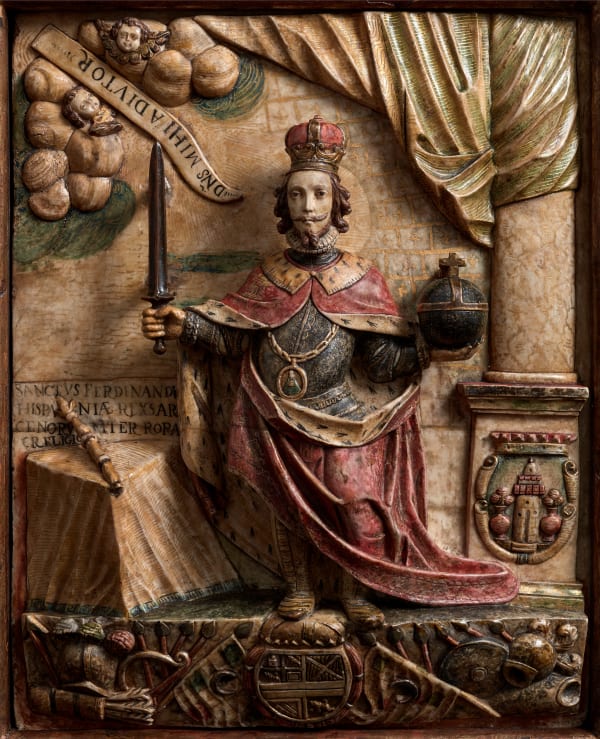The Spanish discovered Huamanga stone soon after their arrival in Upper Peru. A mineral with close similarities to alabaster in its light, transparent appearance, this malleable material was mostly to be found in the Huamanga area, in the Ayacucho region of Upper Peru. Quarries provided artists with an abundance of the stone, which they used to execute religious images and a wide range of decorative items. Spanish carvers, some of whom originated from Navarre and Aragon, were the ones to initiate the indigenous and criollo artisans in the techniques for working Huamanga stone, subsequently giving rise to an extensive sculptural school. In 1626, the chronicler Bernabé Cobo wrote that “in Huamanga there was a hill full of seams of the finest alabaster, white as snow, from which little free-standing images were sculpted, these being extremely unusual and highly-prized wherever they were taken, and this is the stone, once soaked in water, which is carved with a knife...”

